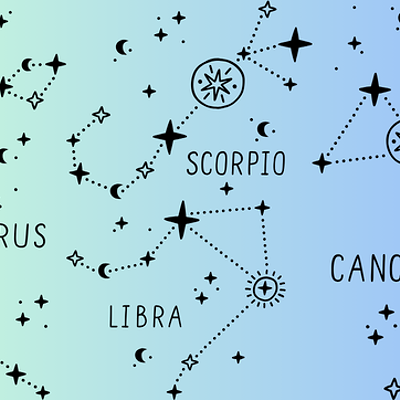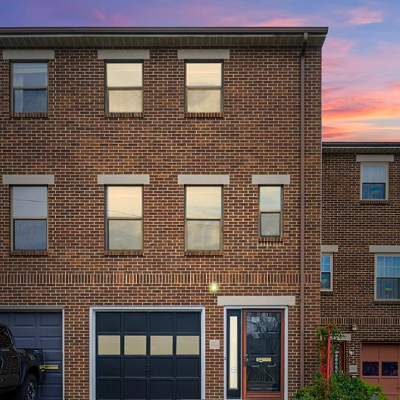Well, first of all, the bridges aren't painted yellow. They are painted -- ahem -- "Aztec gold." Yes, Aztec gold, the color that reflects the fact that we are, like that ancient civilization of Mexico, a people of the sun. And like the Aztecs, we offer regular sacrifices in honor of the feathered-serpent god Quetzlcoatl. At least, that's what happens at every city council meeting I go to. Or what I wish would happen. Preferably with me as the sacrifice.
Why are the bridges painted this particular shade? A few reasons, really. For one thing, all of these bridges either connect to, or are not far from, the city's Golden Triangle. Before you ask why gold is the color of the triangle, let me note that, as architectural historian Franklin Toker has written, "No one recalls who first likened downtown Pittsburgh to a Golden Triangle." The term gained national prominence in a Saturday Evening Post story in 1914, but by then "it was already long established locally." A good guess, though, would be that Downtown houses the city's largest banks and corporations. You can also find the golden arches of a McDonald's on Smithfield Street, which is how I always know I'm in a thriving city.
Of course, the city's colors are black and gold as well, having been established by an 1899 ordinance establishing "flags and colors for the city of Pittsburgh." (Apparently in those days, city council didn't have anything more pressing to do, as opposed to the present day, when ducking behind the mayor on budget issues is a full-time occupation.) The colors were drawn from the coat of arms of William Pitt, from whom the city derives its name. But you couldn't very well paint the bridges black -- that wouldn't be a welcoming gesture to visitors. You don't want to scare people off with a bad color scheme; if you're going to scare them, better to do it with things like financial insolvency.
In recent years, the brilliance of the Aztec gold had faded, and some began to question whether we had to paint the bridges yellow after all. Did all our bridges have to be the same shade? Why couldn't we paint, say, the Sixth, Seventh and Ninth Street bridges -- the "Three Sisters" -- in different colors, to make them look like an Andy Warhol screen print? Did we really need to have bridges that looked like load-bearing Terrible Towels?
The answer, it seems, is yes, we do.
Back in 2001, when the Downtown-area bridges were due for maintenance, the Pittsburgh History & Landmarks Foundation suggested some new paint schemes. Among the colors proposed were such interior-decorator hues as "perfect peach" and "purple ice." Not everyone was happy with the proposals. Tom Sokolowski, who as head of The Andy Warhol Museum is sort of the city-planning equivalent to Joan Rivers at the Oscars, groused that bridges "are not bath towels." And if the PH&LF's Arthur Ziegler was so interested in redecorating, Sokolowski was quoted saying in Post-Gazette, "Why doesn't he go and work for IKEA?"
The plan, not surprisingly, didn't go anywhere. The truth is that people seem to like having bridges that match their sports teams. Hell, half of us have living rooms that match our sports teams, and the Pittsburgh design aesthetic is often that, if it's good enough for the family room, it can go anywhere.
Besides, watching a Steelers game these days is emasculating enough ... you don't need to drive home across a "perfect peach" span to top it off. What you're really in the mood for, of course, is a few human sacrifices.










